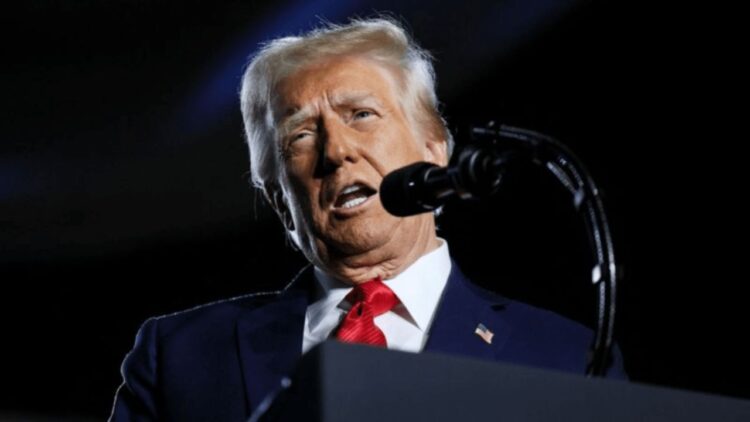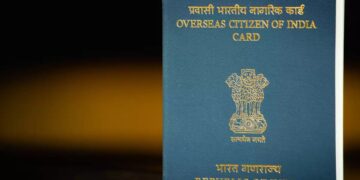United States President Donald Trump is all set to implement the new trade policies on April 2. In a statement, the White House has confirmed that President Donald Trump will impose new tariffs, with an announcement scheduled for Wednesday. For now, details on the size and scope of these trade barriers remain unknown. The move has sparked concerns among numerous businesses, consumers, and investors all over the globe considering a potential escalation in the global trade war.
In the past days, Trump has called April 2 as ‘Liberation Day’, promising significant new duties that could disturb the global trade system. While giving a confirmation on an immediate implementation of reciprocal tariffs, White House spokeswoman Karoline Leavitt stated that reciprocal tariffs on countries imposing duties on US goods would become effective immediately following Trump’s announcement. Additionally, a 25% tariff on auto imports is expected to commence on April 3.
Treasury Secretary Scott Bessent informed Republican House lawmakers that the reciprocal tariffs to be announced by Trump would serve as a ‘cap’ representing the highest US tariff level that countries might face. These tariffs could be reduced if countries comply with the administration’s demands, according to Republican Representative Kevin Hern from Oklahoma.
Reciprocal Tariffs: Impact on India
A day before the US was set to impose tariffs under Trump’s policy, a report from the US Trade Representative (USTR) pointed out various trade barriers India has put on imports. The report showed that in 2023, India had the highest average tariff rate among major economies—17% overall, with 13.5% for non-agricultural goods and 39% for agricultural products.
Congress MP Manish Tewari posted on X, asking, “Will the US impose reciprocal tariffs on India in the next 2 hours and 15 minutes, or will the agreed Terms of Reference (TORs) put them on hold for now?”
The USTR report, which analyzed trade policies of 59 countries, raised concerns about India’s high import taxes on farm products. It also highlighted other trade barriers, such as import restrictions, limits on foreign investment, and challenges in the insurance sector. Additionally, it mentioned that frequent internet shutdowns in India disrupt US digital services. The report comes as India and the US continue negotiations on a trade deal, with tariff issues being a key focus.
Which Counties Could Be Affected?
Critics have warned that Trump’s trade policies could lead to a global trade war, as major U.S. trading partners like the European Union, Canada, and China may react by imposing their tariffs.
On Sunday, Trump said tariffs could apply to “all countries,” hinting at a broad tax on imports similar to what he proposed during his presidential campaign. Back then, he had suggested a 10% tariff on all imports and at times even considered 20% or 60% tariffs on goods from China, according to a BBC report.
Last month, U.S. Treasury Secretary Scott Bessent said the focus was on the “Dirty 15″—countries that constitute a major share of U.S. trade and impose rules that hurt American businesses.
The U.S. Trade Office has been reviewing specific countries before making final recommendations. Some of the nations on its radar include Argentina, Australia, Brazil, Canada, China, the European Union, India, Indonesia, Japan, Korea, Malaysia, Mexico, Russia, Saudi Arabia, South Africa, Switzerland, Taiwan, Thailand, Turkey, the UK, and Vietnam.

















Comments